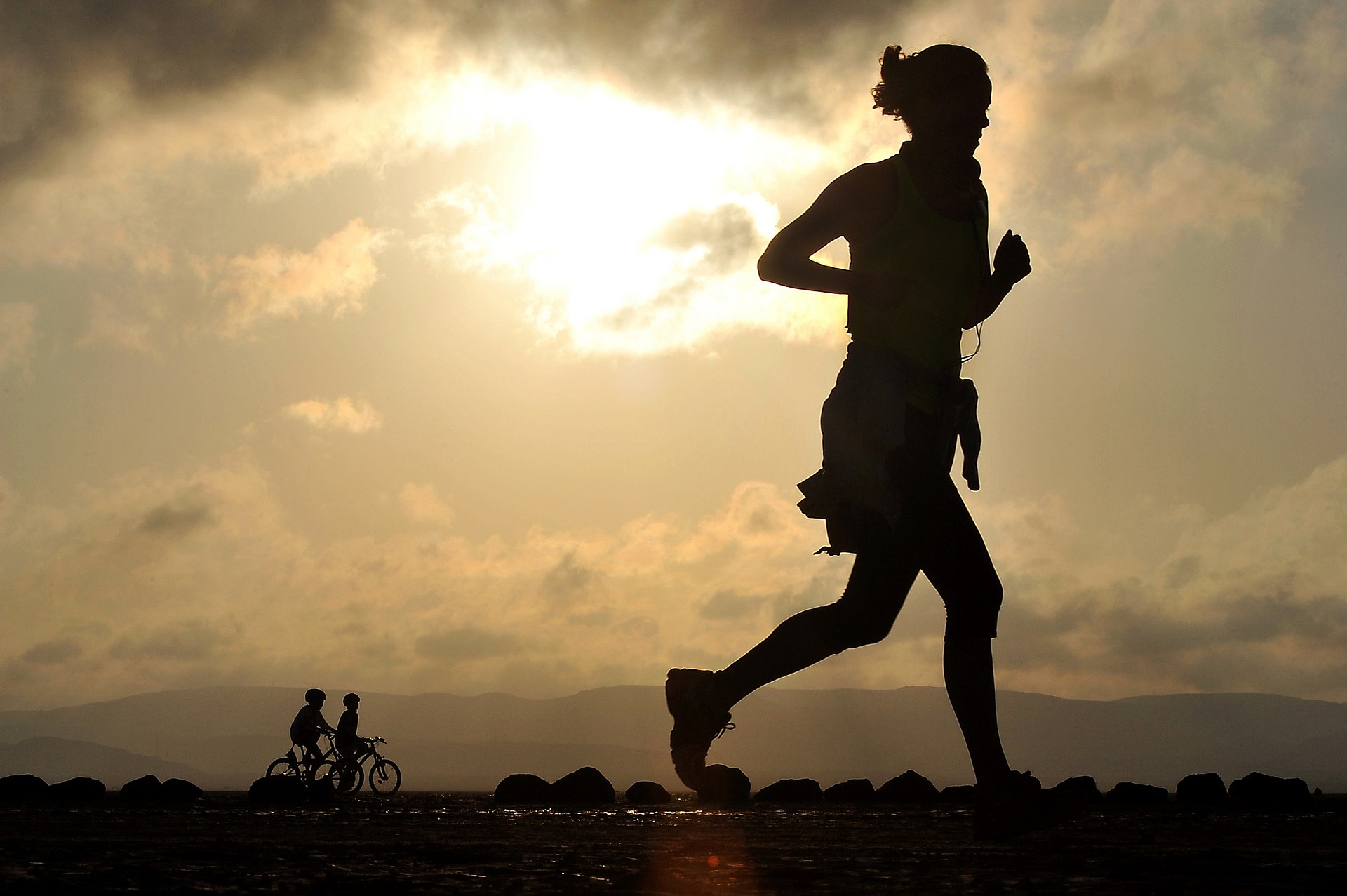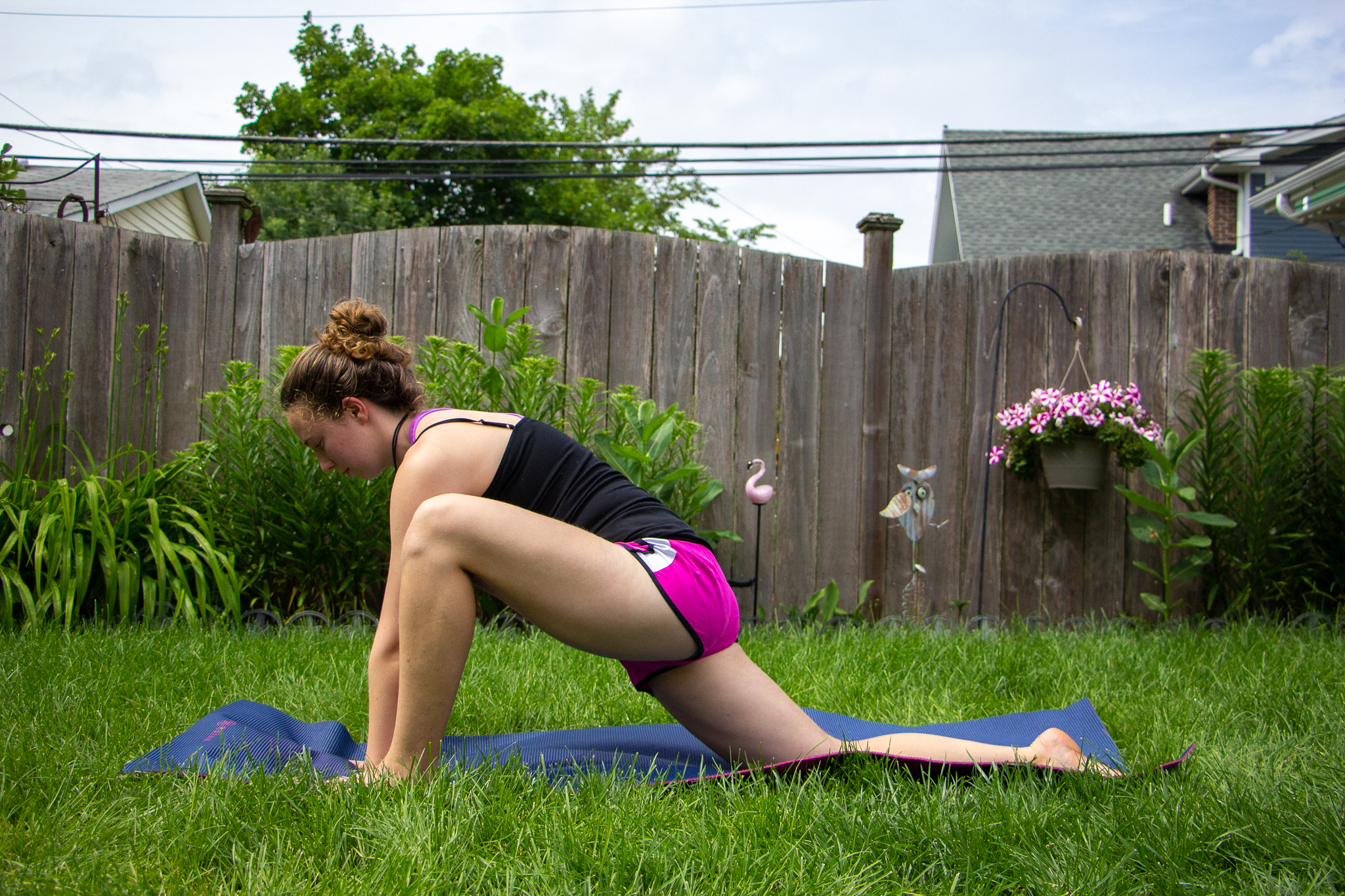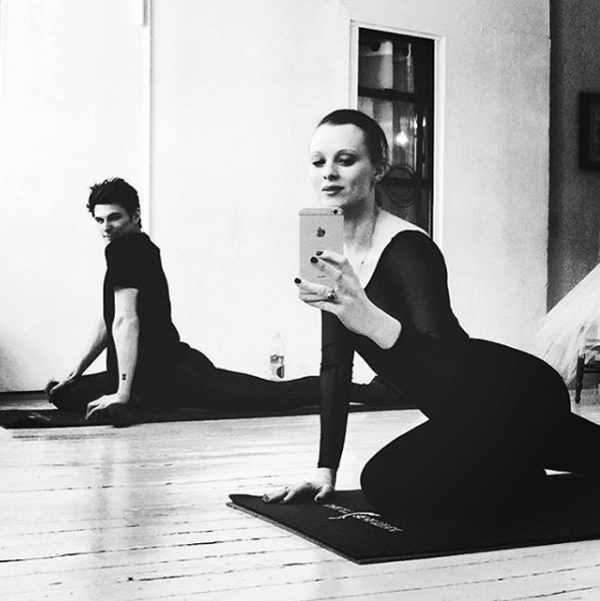
With the increasing popularity of barre, yoga, and pilates classes, it’s no surprise that stretching, a large component of these exercise styles, is staring in its own fitness classes. That’s right—you can now take hour-long classes exclusively devoted to stretching. Regardless of your exercise style of choice, stretching class may help address the strain and imbalance that accompany even low-impact workouts.
Methods of Stretch Fitness Class
Some stretching classes involve “assisted stretching,” a method in which the stretching instructor directly adjusts the client’s body to improve flexibility.
Hakika Dubose of Power Stretch Studio explains that in a stretching class using the KIKA method she developed, “the instructors are heavily involved in each session as they manipulate the client’s body while they lie limp and relaxed. The coach allows you to stretch further than you could ever stretch on your own.” At the Stretch Lab in Santa Monica and Venice,“flexologists” manually help clients with deep bends and splits. The key is helping the client reach new levels of flexibility without causing the bodily strain associated with over-ambitious, unsupervised stretching.
Many stretching classes also rely on dynamic stretching as a way to safely warm up the body while still improving flexibility. Dynamic stretching (versus passive stretching) involves moving (rather than remaining static) through a series of positions that challenge flexibility without pushing past one’s abilities.
Just as in yoga and pilates, props can play an important role in the stretch class experience. In Stretch Therapy class at Equinox in Beverly Hills, for example, attendees use ropes and bands to support safe stretching.
Benefits of a Stretching Class
While amazingly relaxing on their own, stretching classes may also serve as the perfect complement to high-intensity cardio and strength training. Physical therapist Michelle Rodriguez emphasizes the importance of coupling strenuous workouts with stretching: “People turn to cardio for weight loss or cardiovascular conditioning or stress management or to blow off steam, but they don’t realize that if they just do that without stretching, there will be imbalances and asymmetries in the body.” She notes that even in gentle forms of exercise, practitioners hold awkward positions or continuously put weight on only one part of the feet, which can stress tendons. And then, of course, there’s the body un-friendly position we often hold while working at our desks.
In addition to addressing workout-related imbalances, proper stretching may assist in preventing injuries in future workouts. Furthermore, regular, mindful stretching is associated with improved posture, mobility, and athletic performance. Devotees of stretch class claim it helps “slenderize” the larger muscles—e.g. quads, calves—that may be overdeveloped from other forms of exercise, giving the body a leaner appearance. Although there’s some debate about whether or not one can achieve leaner muscles with stretching alone, devoting time to stretching can only support other fitness pursuits (like yoga, pilates, and barre) that help develop lean muscles.
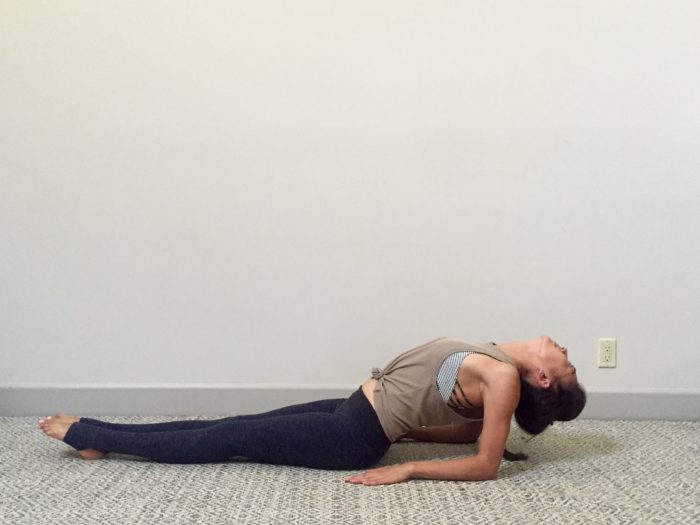
If there’s not a stretching class near you, check out these 5 stretches for a good night’s sleep.

Also, try these 5 invigorating morning stretches.
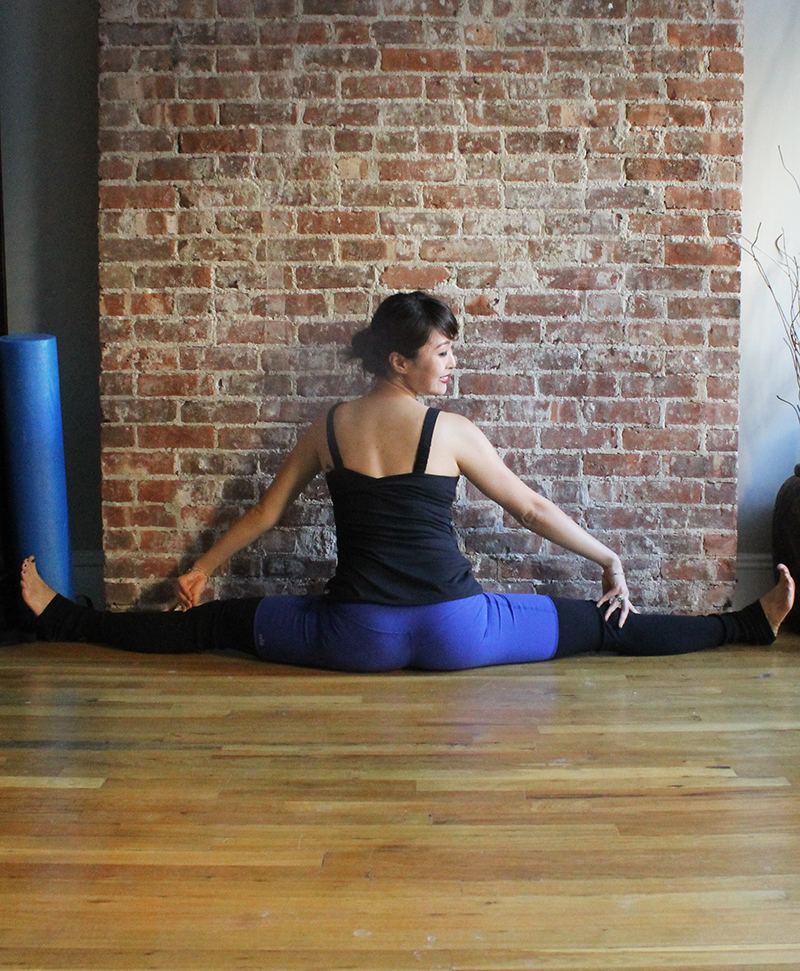
Or enjoy these 6 dancer stretches for sore hips and thighs.
Have you tried stretch fitness class?
More in fitness: 7 Tips For Your Best-Ever Night’s Sleep + P.M. Yoga Routine
10-Minute Beach Yoga Sequence for Flexibility
Get more like this—Subscribe to our daily inspirational newsletter for exclusive content!
__
Photo: @BalletBeautiful via Instagram


